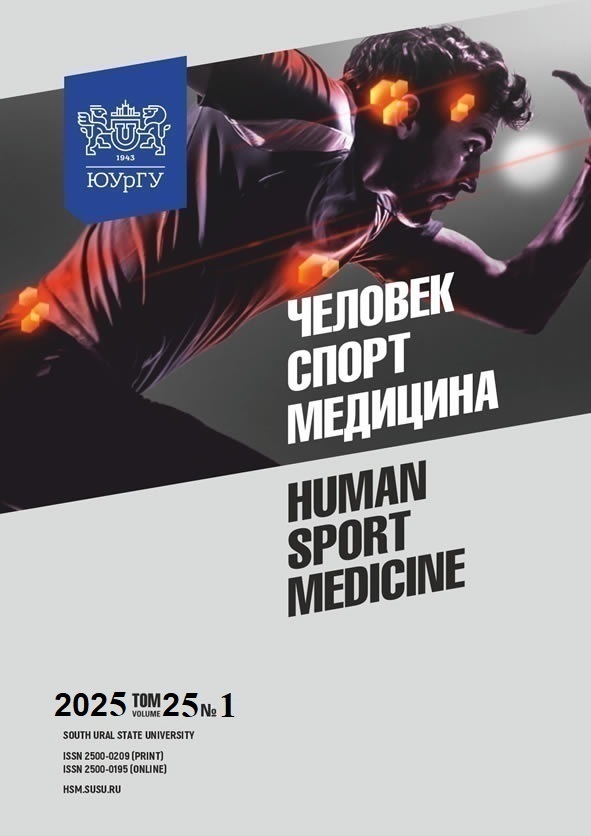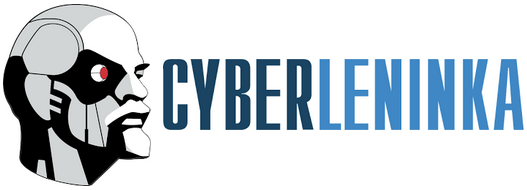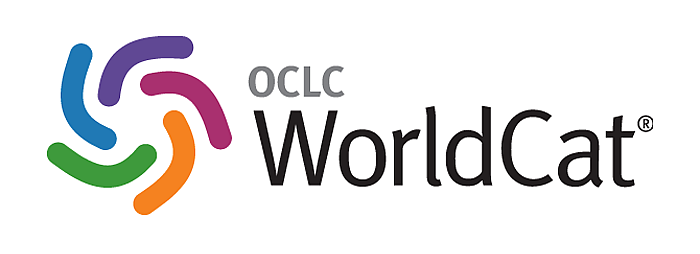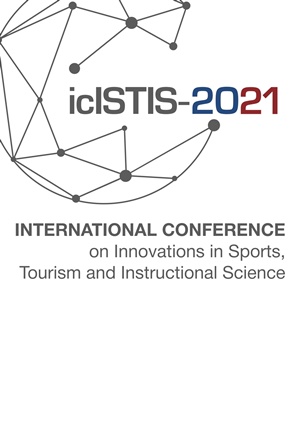СТРУКТУРА И ЧАСТОТА ЗАБОЛЕВАЕМОСТИ COVID-19 СРЕДИ СПОРТСМЕНОВ РАЗНОЙ СПЕЦИАЛИЗАЦИИ
Аннотация
Цель: установить частоту и структуру заболеваемости COVID-19 среди спортсменов, проходивших УМО в период пандемии. Материалы и методы. Было обследовано 33 702 профессиональных спортсмена, членов сборных команд города Москвы. Обследование включало: опрос и анкетирование, клинический осмотр, ПЦР к вирусу SARS-CoV-2, ЭКГ, ЭхоКГ. Результаты. Процент переболевших спортсменов за время наблюдения достоверно увеличился с 12,8 % заболевших в 2020 г. до 72 % переболевших за 2022 г. Средний процент заболеваемости составил 58,3 ± 10,8 %. В группе спортсменов тренирующих смешанные качества, заболеваемость была достоверно выше (p < 0,05) в сравнении с группой спортсменов, тренирующих выносливость и силу. Заключение. Заболеваемость COVID-19 среди спортсменов была выше, чем в популяции, однако у 38 % заболевание протекало бессимптомно, а пневмония выявлена только в 0,7 % случаев.
Литература
С. 60–66. [Zelenkova I.E., Ilyin D.S., Badtieva V.A. [Return to Training After Coronavirus (SARS-COV-2/COVID-19)]. Sportivnaya meditsina: nauka i praktika [Sports Medicine. Science and Practice], 2020, vol. 10, no. 3, pp. 60–66. (in Russ.)] DOI: 10.47529/2223-2524.2020.3.60
2. Коронавирус статистика по России [Coronavirus statistics for Russia]. Available at: http://www. coronavirusstat.ru/country/moskva (accessed 08.30.2020).
3. Gluckman T.J., Bhave N.M., Allen L.A. et al. ACC Expert Consensus Decision Pathway on Cardiovascular Sequelae of COVID-19 in Adults: Myocarditis and Other Myocardial Involvement, Post-Acute Sequelae of SARS-CoV-2 Infection, and Return to Play: A Report of the American College of Cardiology Solution Set Oversight Committee. Journal American Collection Cardiology, 2022, vol. 79, pp. 1717–1756. DOI: 10.1016/j.jacc.2022.02.003
4. Niess A.M., Widmann M., Gaidai R. et al. COVID-19 in German Competitive Sports: Protocol for a Prospective Multicenter Cohort Study (CoSmo-S). International Journal Public Health, 2022, vol. 67, 1604414. DOI: 10.3389/ijph.2022.1604414
5. Veugelers K.R., Young W.B., Fahrner B. et al. Different Methods of Training Load Quantification and Their Relationship to Injury and Illness in Elite Australian Football. Journal Science Medicine Sport, 2016, vol. 19, pp. 24–28. DOI: 10.1016/j.jsams.2015.01.001
6. Friman G., Wesslén L. Infections and Exercise in High-performance Athletes. Immunology Cell Biology, 2000, vol. 78, pp. 510–522. DOI: 10.1111/j.1440-1711.2000.t01-12-.x
7. Schwellnus M., Soligard T., Alonso J.M. et al. How Much is too Much? (Part 2) International Olympic Committee Consensus Statement on Load in Sport and Risk of Illness. Br. Journal Sports Medicine, 2016, vol. 50, pp. 1043–1052. DOI: 10.1136/bjsports-2016-096572
8. Colangelo L., Volpe A., Toso E. et al. Incidence and Clinical Relevance of COVID-19 in a Population of Young Competitive and Elite Football Players: A Retrospective Observational Study. Sports Medicine Open, 2022, vol. 8, p. 54. DOI: 10.1186/s40798-022-00442-x
9. Pelliccia A., Caselli S., Sharma S. et al. Internal Reviewers for EAPC and EACVI. European Association of Preventive Cardiology (EAPC) and European Association of Cardiovascular Imaging (EACVI) Joint Position Statement: Recommendations for the Indication and Interpretation of Cardio¬vascular Imaging in the Evaluation of the Athlete’s Heart. European Heart Journal, 2018, vol. 39 (21), pp. 1949–1969. DOI: 10.1093/eurheartj/ehx53
10. Johns Hopkins Coronavirus Resource Center. Available at: https://coronavirus.jhu.edu/map.html (accessed 07.12.2021).
11. Keller K. SARS-CoV-2 Infection Was Related to Decreased VO2 Peak and Exercise Hypertension in Athletes. Diagnostics, 2023, vol. 13, 1792. DOI: 10.3390/diagnostics13101792
12. Malm C. Susceptibility to Infections in Elite Athletes: the Scurve. Scandinavian Journal Medicine Science Sports, 2006, vol. 16, pp. 4–6. DOI: 10.1111/j.1600-0838.2005.00499.x
13. Nieman D.C. Exercise NDC. Exercise, Upper Respiratory Tract Infection, and the Immune System. Medicine Science Sports Exerc., 1994, vol. 26, pp. 128–139. DOI: 10.1249/00005768-199402000-00002
14. Caselli S., Di Paolo F.M., Pisicchio C. et al. Patterns of Left Ventricular Diastolic Function in Olympic Athletes. Journal American Society Echocardiogr., 2015, vol. 28 (2), pp. 236–244. DOI: 10.1016/j.echo.2014.09.013
15. Budts W., Pieles G.E., Roos-Hesselink J.W. et al. Recommendations for Participation in Competitive Sport in Adolescent and Adult Athletes with Congenital Heart Disease (CHD): Position Statement of the Sports Cardiology & Exercise Section of the European Association of Pre-ventive Cardiology (EAPC), the European Society of Cardiology (ESC) Working Group on Adult Congenital Heart Disease and the Sports Cardiology, Physical Activity and Prevention Working Group of the Association for European Paediatric and Congenital Cardiology (AEPC) [published online ahead of print, 2020 Aug 26]. European Heart Journal, 2020, ehaa501. DOI: 10.1093/eurheartj/ehaa501
16. Löllgen H., Bachl N., Papadopoulou T. et al. Recommendations for Return to Sport During the SARS-COV-2 Pandemic. BMJ Open Sport and Exercise Medicine, 2020, vol. 6, no. 1, e000858. DOI: 10.1136/bmjsem-2020-000858
17. Cavigli L., Cillis M., Mochi V. et al. SARS-CoV-2 Infection and Return to Play in Junior Competitive Athletes: Is Systematic Cardiac Screening Needed? Br. Journal Sports Medicine, 2022, vol. 56, pp. 264–270. DOI: 10.1136/bjsports-2021-104764
18. Weidner T.G., Sevier T.L. Sport STL. Sport, Exercise, and the Common Cold. Journal Athletic Training, 1996, vol. 31, pp. 154–159.
References
1. Зеленкова И.Е., Ильин Д.С., Бадтиева В.А. Возвращение к тренировкам после корона-вируса (SARS-COV-2/COVID-19) // Спортивная медицина: наука и практика. 2020. Т. 10, № 3.С. 60–66. [Zelenkova I.E., Ilyin D.S., Badtieva V.A. [Return to Training After Coronavirus (SARS-COV-2/COVID-19)]. Sportivnaya meditsina: nauka i praktika [Sports Medicine. Science and Practice], 2020, vol. 10, no. 3, pp. 60–66. (in Russ.)] DOI: 10.47529/2223-2524.2020.3.60
2. Коронавирус статистика по России [Coronavirus statistics for Russia]. Available at: http://www. coronavirusstat.ru/country/moskva (accessed 08.30.2020).
3. Gluckman T.J., Bhave N.M., Allen L.A. et al. ACC Expert Consensus Decision Pathway on Cardiovascular Sequelae of COVID-19 in Adults: Myocarditis and Other Myocardial Involvement, Post-Acute Sequelae of SARS-CoV-2 Infection, and Return to Play: A Report of the American College of Cardiology Solution Set Oversight Committee. Journal American Collection Cardiology, 2022, vol. 79, pp. 1717–1756. DOI: 10.1016/j.jacc.2022.02.003
4. Niess A.M., Widmann M., Gaidai R. et al. COVID-19 in German Competitive Sports: Protocol for a Prospective Multicenter Cohort Study (CoSmo-S). International Journal Public Health, 2022, vol. 67, 1604414. DOI: 10.3389/ijph.2022.1604414
5. Veugelers K.R., Young W.B., Fahrner B. et al. Different Methods of Training Load Quantification and Their Relationship to Injury and Illness in Elite Australian Football. Journal Science Medicine Sport, 2016, vol. 19, pp. 24–28. DOI: 10.1016/j.jsams.2015.01.001
6. Friman G., Wesslén L. Infections and Exercise in High-performance Athletes. Immunology Cell Biology, 2000, vol. 78, pp. 510–522. DOI: 10.1111/j.1440-1711.2000.t01-12-.x
7. Schwellnus M., Soligard T., Alonso J.M. et al. How Much is too Much? (Part 2) International Olympic Committee Consensus Statement on Load in Sport and Risk of Illness. Br. Journal Sports Medicine, 2016, vol. 50, pp. 1043–1052. DOI: 10.1136/bjsports-2016-096572
8. Colangelo L., Volpe A., Toso E. et al. Incidence and Clinical Relevance of COVID-19 in a Population of Young Competitive and Elite Football Players: A Retrospective Observational Study. Sports Medicine Open, 2022, vol. 8, p. 54. DOI: 10.1186/s40798-022-00442-x
9. Pelliccia A., Caselli S., Sharma S. et al. Internal Reviewers for EAPC and EACVI. European Association of Preventive Cardiology (EAPC) and European Association of Cardiovascular Imaging (EACVI) Joint Position Statement: Recommendations for the Indication and Interpretation of Cardio¬vascular Imaging in the Evaluation of the Athlete’s Heart. European Heart Journal, 2018, vol. 39 (21), pp. 1949–1969. DOI: 10.1093/eurheartj/ehx53
10. Johns Hopkins Coronavirus Resource Center. Available at: https://coronavirus.jhu.edu/map.html (accessed 07.12.2021).
11. Keller K. SARS-CoV-2 Infection Was Related to Decreased VO2 Peak and Exercise Hypertension in Athletes. Diagnostics, 2023, vol. 13, 1792. DOI: 10.3390/diagnostics13101792
12. Malm C. Susceptibility to Infections in Elite Athletes: the Scurve. Scandinavian Journal Medicine Science Sports, 2006, vol. 16, pp. 4–6. DOI: 10.1111/j.1600-0838.2005.00499.x
13. Nieman D.C. Exercise NDC. Exercise, Upper Respiratory Tract Infection, and the Immune System. Medicine Science Sports Exerc., 1994, vol. 26, pp. 128–139. DOI: 10.1249/00005768-199402000-00002
14. Caselli S., Di Paolo F.M., Pisicchio C. et al. Patterns of Left Ventricular Diastolic Function in Olympic Athletes. Journal American Society Echocardiogr., 2015, vol. 28 (2), pp. 236–244. DOI: 10.1016/j.echo.2014.09.013
15. Budts W., Pieles G.E., Roos-Hesselink J.W. et al. Recommendations for Participation in Competitive Sport in Adolescent and Adult Athletes with Congenital Heart Disease (CHD): Position Statement of the Sports Cardiology & Exercise Section of the European Association of Pre-ventive Cardiology (EAPC), the European Society of Cardiology (ESC) Working Group on Adult Congenital Heart Disease and the Sports Cardiology, Physical Activity and Prevention Working Group of the Association for European Paediatric and Congenital Cardiology (AEPC) [published online ahead of print, 2020 Aug 26]. European Heart Journal, 2020, ehaa501. DOI: 10.1093/eurheartj/ehaa501
16. Löllgen H., Bachl N., Papadopoulou T. et al. Recommendations for Return to Sport During the SARS-COV-2 Pandemic. BMJ Open Sport and Exercise Medicine, 2020, vol. 6, no. 1, e000858. DOI: 10.1136/bmjsem-2020-000858
17. Cavigli L., Cillis M., Mochi V. et al. SARS-CoV-2 Infection and Return to Play in Junior Competitive Athletes: Is Systematic Cardiac Screening Needed? Br. Journal Sports Medicine, 2022, vol. 56, pp. 264–270. DOI: 10.1136/bjsports-2021-104764
18. Weidner T.G., Sevier T.L. Sport STL. Sport, Exercise, and the Common Cold. Journal Athletic Training, 1996, vol. 31, pp. 154–159.
Copyright (c) 2025 Человек. Спорт. Медицина

Это произведение доступно по лицензии Creative Commons «Attribution-NonCommercial-NoDerivatives» («Атрибуция — Некоммерческое использование — Без производных произведений») 4.0 Всемирная.
